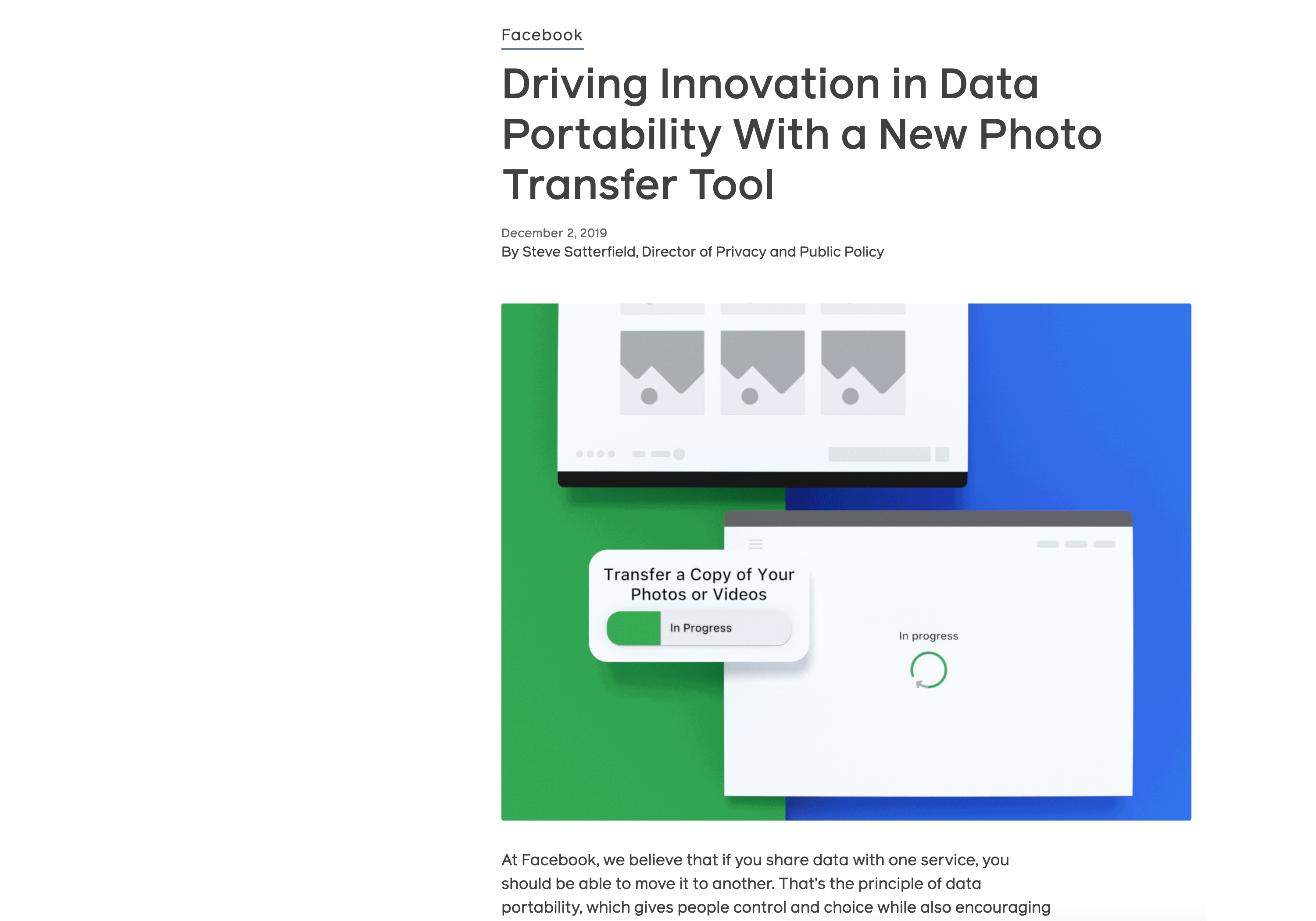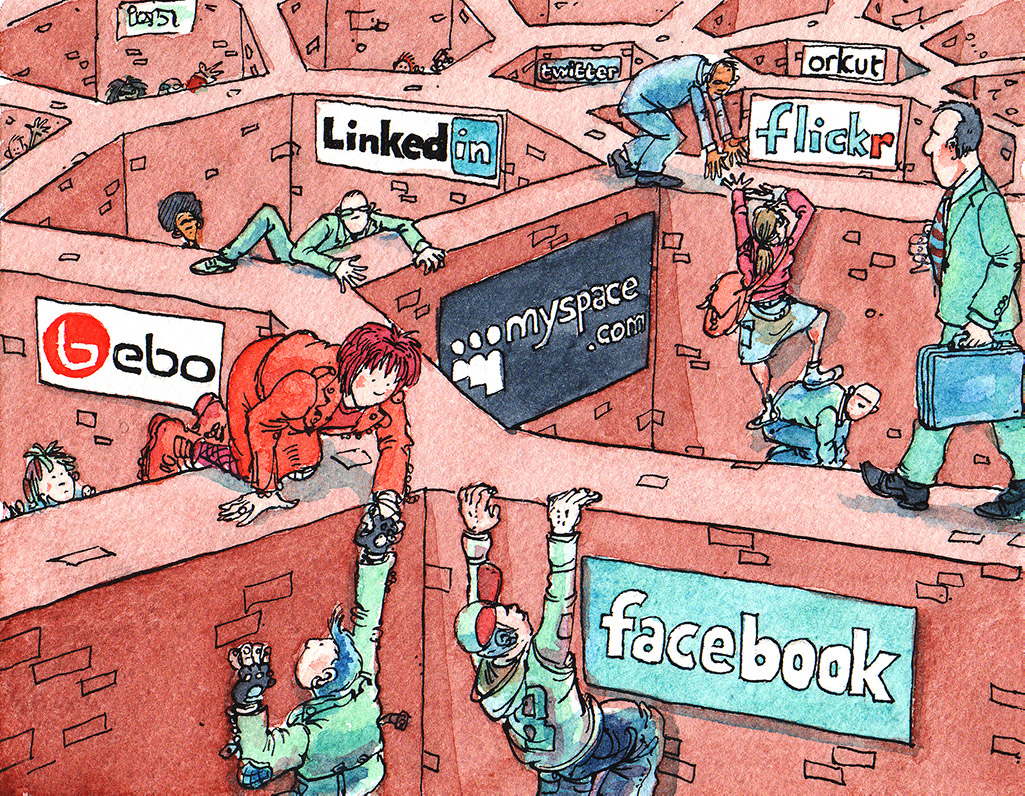
Ruben Verborgh, Ghent University – imec
Keynote at the Belgian Artificial Intelligence Week, 17 March 2021
Ruben Verborgh
Ghent University – imec

Anyone can say anything about anything.
Sign in with Facebook to see this content.
Facebook works better with the native app.

The best way to predict
Alan Kay
the future is to invent it.
![[photo of Alan Kay]](images/alan-kay.jpg)
The best way to invent
John Perry Barlow
the future is to predict it.
![[photo of John Perry Barlow]](images/john-perry-barlow.jpg)
Let’s assemble the brightest minds
Tim Berners-Lee
from business, technology, government,
civil society, the arts and academia
to tackle the threats to the Web’s future.
